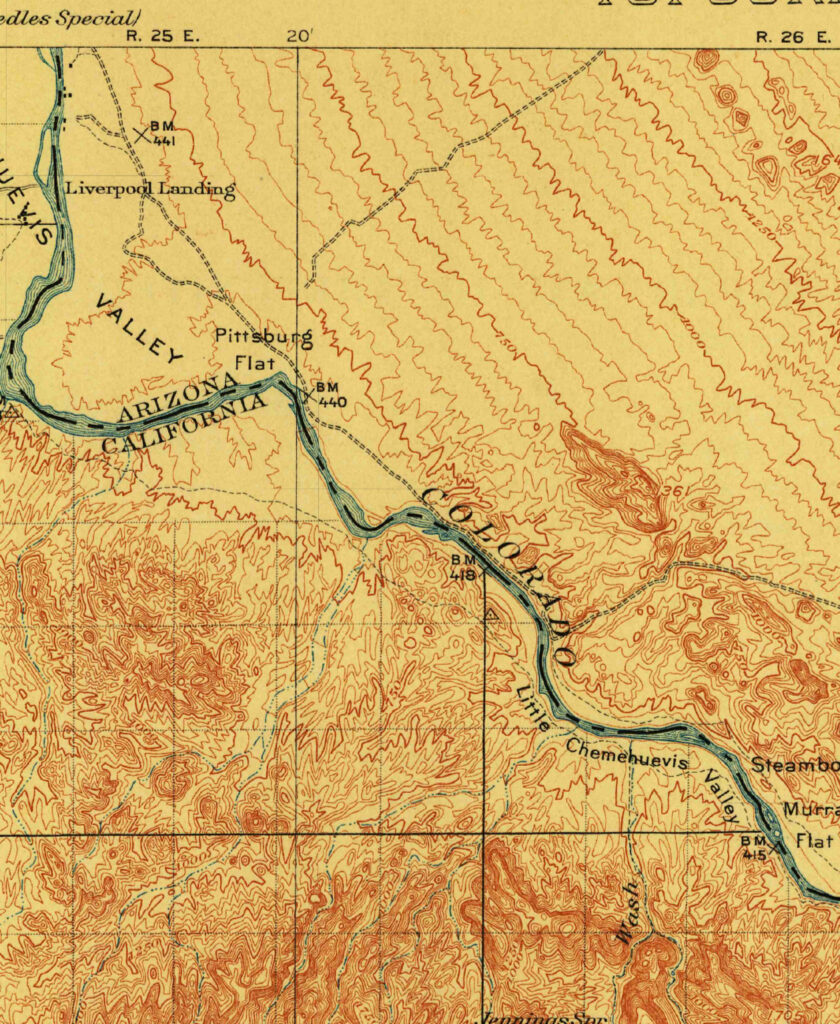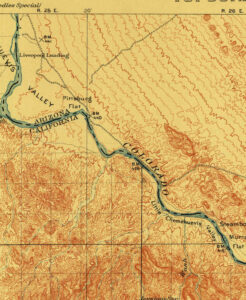Landsat has a long history of exploring Earth from Space. Use these resources to learn more about How Landsat Works, How Landsat Benefits Society, and How Landsat’s History continues into the future. Don’t miss the Educational Activities that are available for both formal and informal education settings. This is a great resource for school groups, after school groups, or people who want to know more or create extension activities.
Exhibit Extension Educational Resources
How Landsat Works
Benefits to People
Educational Activities
Landsat’s History




